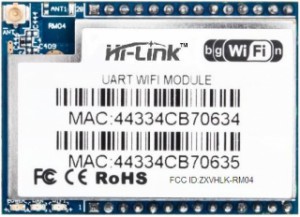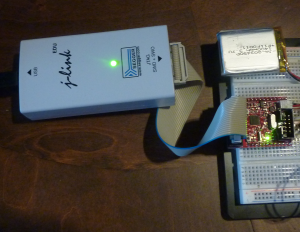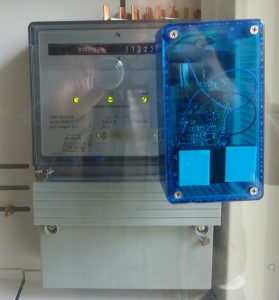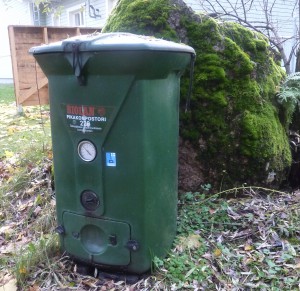Picoos-net library has been lacking support for Wifi networks and I have been trying to figure out how to implement it.
I would like to run the network stack on the microcontroller along with my application so I could keep on using APIs I’m familiar with. This rules out modules that have built-in tcp/ip networking. However, writing whole Wifi stack would be a huge task and resulting library might be too big for some microcontrollers I have been using. So this rules out cheap usb-stick style approach.
 Microchip has a nice Wifi module, but documentation for it is not publicly available and their own network stack is limited (by license) for use with their own microcontrollers only.
Microchip has a nice Wifi module, but documentation for it is not publicly available and their own network stack is limited (by license) for use with their own microcontrollers only.
Broadcom seems to have nice modules also (Wiced) and they seem to provide some kind of SDK, which might make integration of modules easier.





